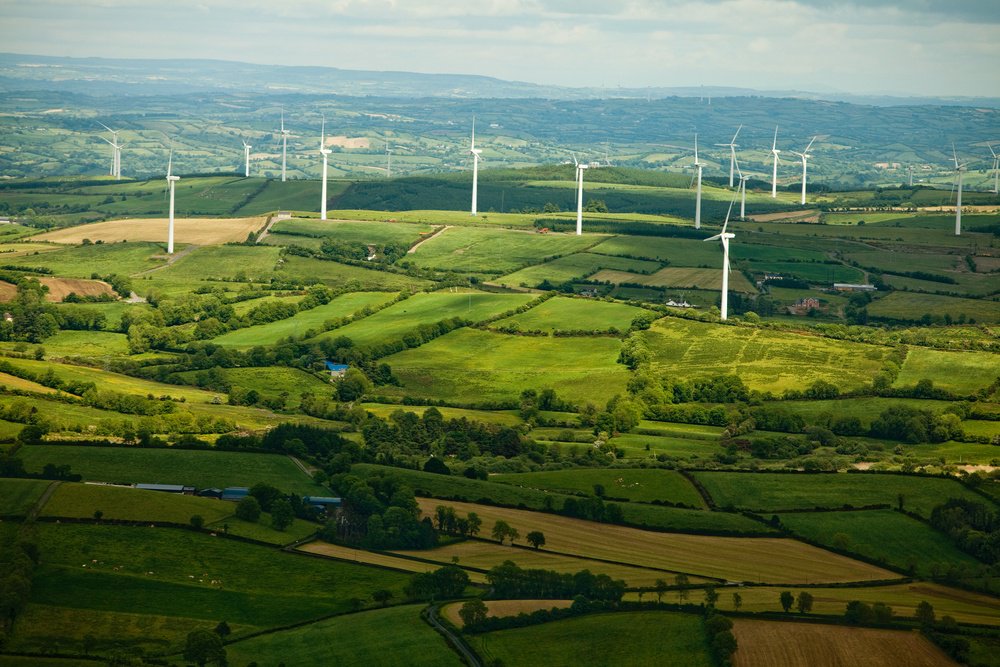E.ON made a bold announcement last week: all 3.3 million of their customers will be placed on a 100% renewable tariff as standard.
No need to change their tariff or account. No extra charge.

A good news story on the face of it. But is it too good to be true? The overnight switch to 100% renewables is becoming a familiar one. Shell Energy did the same thing a few months ago, taking its 3.7% renewable mix and making it go entirely green, just like magic.
How has E.ON gone ‘renewable’?
Unlike Shell Energy, E.ON does own renewable projects and buys directly from independent generators, but not at sufficient scale to switch all those customers onto a fully renewable offering. E.ON states it has renewable capacity to power 1.7 million homes, which is just over half of its 3.3 million customer base. So, what about the other half? E.ON’s blog on the news states that “the rest is backed by renewable electricity certificates”, presumably meaning UK REGOs (Renewable Energy Certificates of Origin) or potentially Guarantee of Origin (GOOs) certificates from elsewhere in Europe.
This is the same greenwashing issue we have been arguing against for years. The problem with greenwashed energy tariffs is that customers believe they are making a choice that makes a difference. But energy “backed by renewable energy certificates” makes very little difference because it does not lead to additional renewable generation capacity being built.
Why is that? Simple economics really. A typical domestic solar array(1 – 4 kilowatts) can earn between 20p to £1.50 per year from REGOs. That’s not very much — if you were considering putting solar panels on your roof would you go ahead based on an extra £1.50 a year?
A common counter-argument is that greater demand for renewable certificates will drive up the price. While that makes some theoretical sense, it ignores the current reality: there is massive over-supply of cheap renewable certificates. In fact, by our calculations there are enough cheap certificates to greenwash supply to almost every single domestic customer in the UK. So even if all suppliers copied Shell Energy’s and E.ON’s approach, it would barely move the needle. It certainly would not drive demand for renewable generation technologies to be deployed at pace.
Read more: Good Energy



